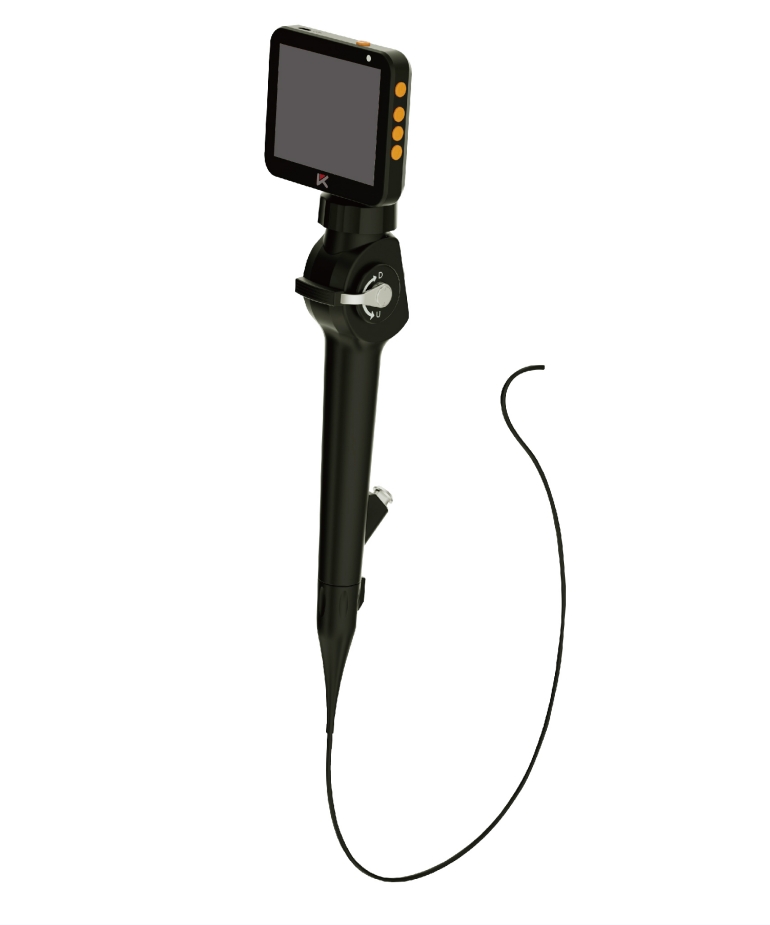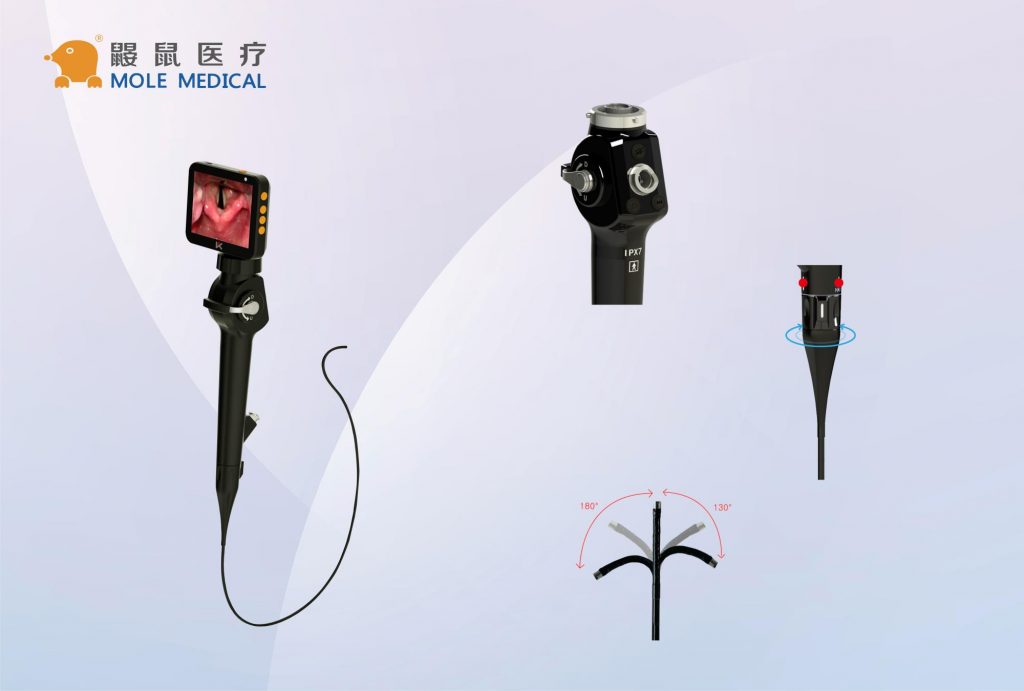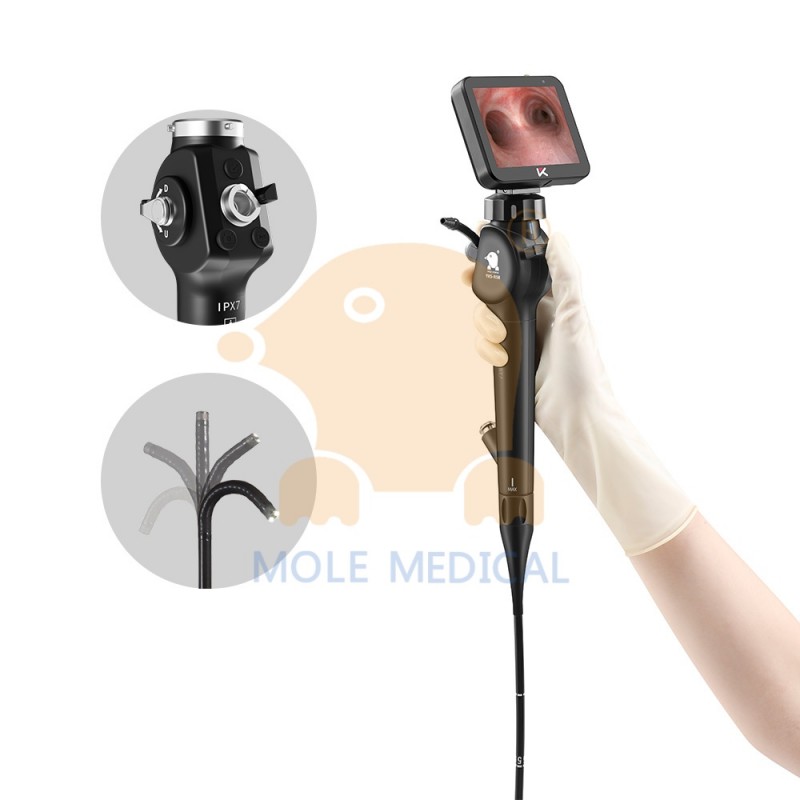Picture Of Intubation Process Explained
Dec 21, 2023
Picture of intubation is a critical medical procedure used for airway management in patients. It involves inserting a tube through the mouth or nose and into the trachea to facilitate proper breathing. The intubation process requires a skilled healthcare professional and specialized equipment to ensure safe and effective results.
In this section, readers will gain a comprehensive understanding of the intubation process through clear and informative pictures. Each step involved will be explained in detail, including the equipment necessary for proper intubation. The use of pictures will help readers visualize the process and develop a better understanding of the technique. This section is a valuable resource for anyone seeking to learn more about this essential medical procedure.
The picture of intubation will demonstrate the various steps involved, including the use of laryngoscopes, endotracheal tubes, and other equipment. By the end of this section, readers will have a thorough understanding of the intubation process and its importance in ensuring proper airway management.
Understanding the Intubation Procedure
Intubation is a critical medical procedure that involves numerous steps and specialized equipment. To perform intubation, medical professionals must use the right techniques and equipment. In this section, we break down the step-by-step process of intubation, highlighting the key techniques and equipment used by healthcare providers.
First and foremost, a patient must be sedated or under general anesthesia before intubation can begin. Next, the medical professional inserts a laryngoscope to view the vocal cords and create a clear path for the endotracheal tube. The endotracheal tube is then inserted into the patient’s airway, ensuring proper placement within the trachea. The tube is then secured in place, and the healthcare provider confirms correct tube placement by using a capnography device or by listening for breath sounds.
Throughout the intubation procedure, it is crucial to use the correct techniques and equipment to avoid potential complications. Some common intubation complications include damaged teeth or lips, vocal cord damage, bleeding, and lung trauma. To prevent these complications, healthcare providers use specialized equipment such as endotracheal tubes, laryngoscopes, and video laryngoscopes.
By gaining a deeper understanding of the intubation procedure, you can better appreciate the importance of using the proper technique and equipment. Always trust your healthcare provider when it comes to intubation, and do not hesitate to ask any questions or voice concerns you may have.
Exploring the Endotracheal Intubation Technique

Endotracheal intubation is a crucial procedure that involves inserting a tube into a patient’s windpipe to help them breathe adequately. Endotracheal intubation is commonly used during surgeries, emergency situations, and for patients who require assistance in breathing. It is critical to ensure that the procedure follows strict guidelines to minimize complications and ensure patients’ safety.
During the endotracheal intubation process, healthcare providers follow specific guidelines to secure the patient’s airway and ensure proper ventilation. The guidelines include using appropriate equipment, assessing the patient’s physical status, administering drugs to induce unconsciousness, and carefully inserting the endotracheal tube into the patient’s windpipe.
There are different techniques and guidelines involved in endotracheal intubation, depending on the patient’s condition and the healthcare provider’s preference. For instance, healthcare professionals may use video laryngoscopy to aid in visualization and improve intubation success rates in patients with difficult airways.
It is crucial to remember that while endotracheal intubation is a frequently performed procedure, it is not entirely without risks. Possible complications may include accidental extubation, throat and airway damage, and infection. However, by following proper guidelines and techniques, healthcare professionals can minimize these risks and ensure a successful and safe procedure.
Diving Deeper Into Intubation Equipment
Intubation is a critical medical procedure that requires specialized equipment and precision to ensure effective airway management. Understanding the different types of intubation equipment used during the process is essential for healthcare professionals. These tools aid healthcare professionals in clearing the airway and maintaining proper ventilation during the procedure.
Some of the types of equipment used during intubation include:
- Endotracheal tubes: These tubes are thin and flexible and are inserted through the patient’s mouth or nose during intubation. Endotracheal tubes are used to maintain or control the airway.
- Laryngoscopes: These are specialized tools used to visualize the inside of the patient’s throat and to guide the endotracheal tube into place. Laryngoscopes come in different shapes and sizes to ensure that the procedure can be customized to the patient’s needs during intubation.
- Stylets: These are rigid or semi-rigid devices that are inserted into the endotracheal tube to help guide it into place during intubation.
While intubation is generally safe, it can also lead to complications, such as irritation or damage to the vocal cords, teeth, and tongue. In rare cases, intubation can also lead to more severe complications, such as lung puncture or airway obstruction. If these complications arise, healthcare professionals must be prepared to address them immediately.
By gaining a deeper understanding of the various types of intubation equipment used during the process, healthcare professionals can ensure that this critical procedure is performed safely and effectively.
Conclusion
Intubation is a complex process that requires careful attention to detail and specialized equipment. By providing clear pictures and informative insights into the process, this article aims to enhance understanding and awareness of intubation. Whether you are a healthcare professional or simply interested in learning more about the procedure, gaining a better understanding of intubation can benefit everyone.
For those who prefer visual aids, a picture of intubation can be found earlier in this article. Additionally, a video of intubation is available for further reference. By combining a thorough explanation with visual aids, this article aims to provide a comprehensive introduction to the intubation process.
Categories
Latest Articles

How to Choose the Best Flexible Bronchoscope Manufacturer? Three Key Dimensions Highlight Mole Medical’s Core Advantages
n respiratory intervention diagnostics, the performance of flexible bronchoscopes directly impacts early lung cancer detection and emergency response success. Facing diverse manufacturers, healthcare institutions should prioritize three critical dimensions: technological autonomy, clinical adaptability, and infection control capabilities. Jiangsu Mole Medical Technology Co., Ltd. has earned global trust through its full-chain R&D capabilities, clinical validation across ... Read more

Disposable Nephroscopes: Redefining Safety & Efficiency in Urology
Introduction The shift towards minimally invasive urological surgery has found a pivotal ally: the disposable nephroscope. As traditional reusable scopes grapple with persistent biofilm contamination risks and soaring sterilization costs, the global medical community is rapidly adopting single-use solutions. This article analyzes the clinical value, technological evolution, and dynamic innovation landscape driving this transformative shift. ... Read more

Disposable Video Laryngoscope Blades: The Ultimate Solution for Preventing Cross-Contamination
In the operating room, as the cold light of a video laryngoscope illuminates a patient’s airway, an age-old medical challenge is being redefined: How can life-saving instruments avoid becoming vectors of infection? Jiangsu MoleMedical drives an innovative safety revolution—replacing reusable devices with single-use, sterile laryngoscope blades that create a pure barrier for critical airways. Traditional video ... Read more
-2.jpg)
FDA & CE Approved Video Laryngoscope: What Makes It Stand Out?
Introduction In high-pressure emergencies and precision-driven operating rooms, video laryngoscopy is revolutionizing airway management. Mole Medical’s FDA and CE-certified technology replaces tactile-dependent “blind intubation” with real-time visual navigation – enhancing safety, accuracy, and clinical outcomes worldwide. Why Certification Matters Mole Medical’s dual certifications validate its global compliance and performance: FDA Clearance: Rigorous validation of safety/efficacy ... Read more

Mole Medical Showcases Advanced Endoscopy Solutions at CMEF Autumn 2025, Driving Global Partnerships
Guangzhou, China – September 26-29, 2025 – The 92nd China International Medical Equipment Fair (CMEF Autumn) concluded successfully on September 29th at the Canton Fair Complex in Guangzhou. Mole Medical Technology Co., Ltd. (Mole Medical) made a significant impact at the event, drawing global medical professionals and partners to its booth (Hall 2.1, Stand Q24) ... Read more



